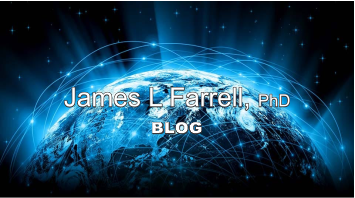Avionics Commonality
A LinkedIn discussion centered on the Future Airborne Capability Environment (FACE) standard contained an important observation concerning certification. Granted — requirements for validation, with acceptance by governing agencies, definitely are essential for safety. What follows here is advocacy for a proposed way to realize the common avionics benefits offered by FACE while retaining (and in fact, improving) the process of certification. Reasoning is based on three major items:
* CHANGE. In many respects this has necessitated improved standards.
* HISTORY. Spectacular failures in what we have now are widely documented.
* COST. The status quo is (and, for a long time, has been) unaffordable.
In regard to the first item: the pace of change in so many areas (hardware, software, operating systems, data communication, etc., etc., etc.) — and the effects on procurement cycles — are well known. How can certification remain unchanged when nothing else does? That argument would be undercut if the process had a rock solid track record — but that theme would not be supported by the second item — history:
Myriad shortcomings of existing operational systems are so pervasive that no one is considered a “loose cannon” for openly discussing them. Any of my horror stories — too strange and too numerous to be revisited here — would be trumped anyway by a document from the government itself. GAO-08-467SP, in 2008, described outlandish cost overruns, schedule delays, and deficient technical performance in the defense industry. That 3-way combination speaks for itself. Now a significant addition: the certification process has not been at all immune to serious flaws. The first-ever certified GPS receiver is now well known to have failed spectacularly in multiple facets of integrity testing by another manufacturer. It is readily acknowledged that correction of those early problems is quite credible, but one issue is inescapable: Historical proof of flightworthiness improperly bestowed — with proprietary rights accepted for algorithms and tests –- happened , and that was not widely known until much later.
There is still more, including integrity failure probability limits missed by orders-of-magnitude in certified GPS receivers, severe limitations of GO/NO-GO testing, and failed attempts to gain approval to set requirements for correcting those plus other deficiencies. For brevity here, those issues are covered by citing the fifth page from another related reference .
The final item is, after years of fruitless talk about cost reduction, being acknowledged — we can’t do what we’ve been doing any more. With dollars being the ultimate driver of so many decisions, we might finally see the necessary break from ingrained habits. FACE already addresses the issues and the requisite justifications. To make it all happen, two essential ingredients are
* raw-data-across-the-board, and * nonproprietary software, with standardization under government control.
Flight-validated algorithms already in existence can be converted (e.g., from proof-of-concept to in-flight real-time form) according to government specification, by small groups more interested in engineering than in dollars (yes, that does exist). The payoff in cost savings can be huge.










